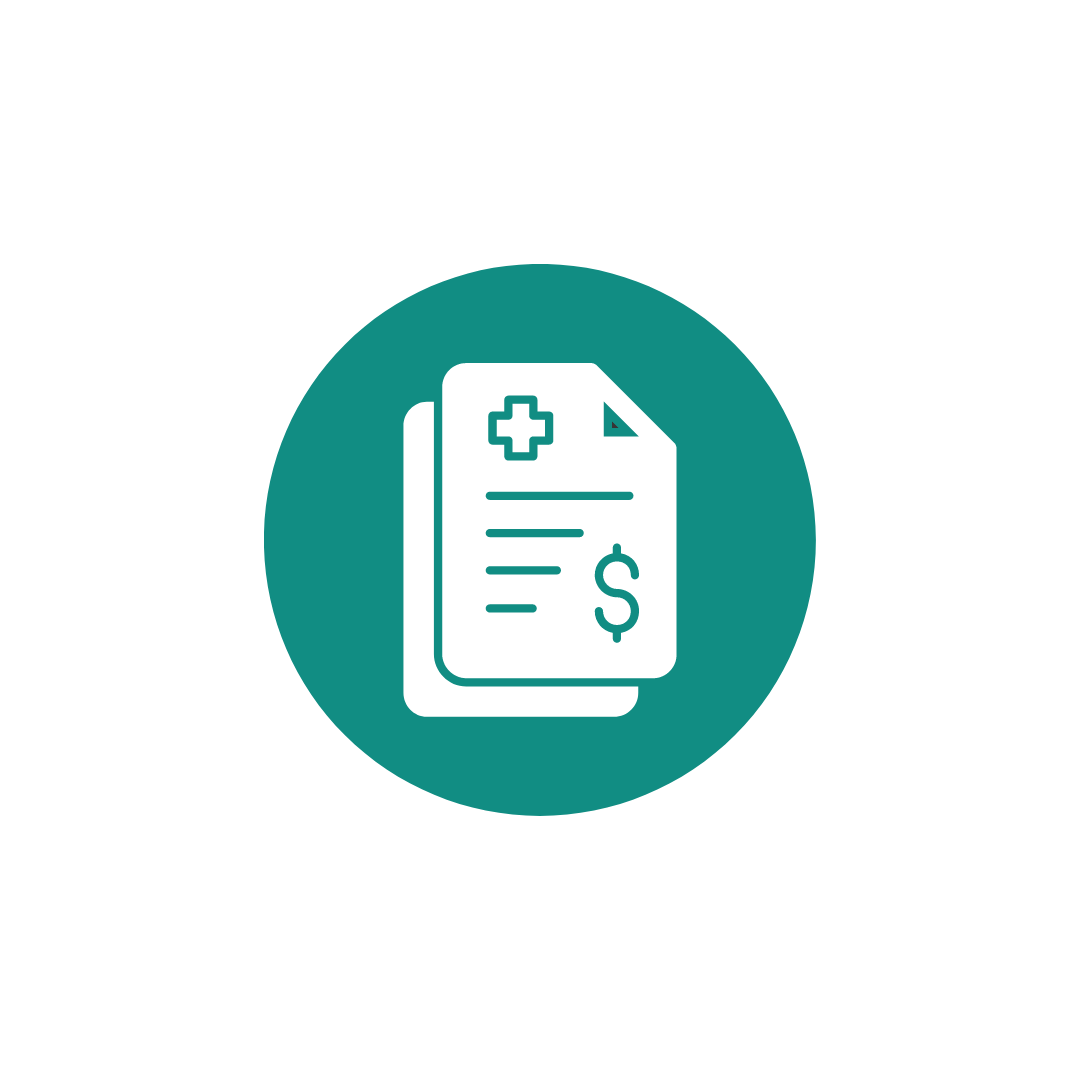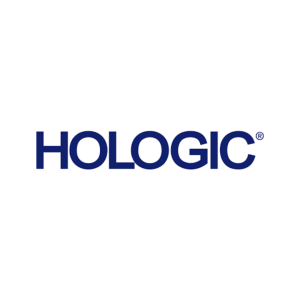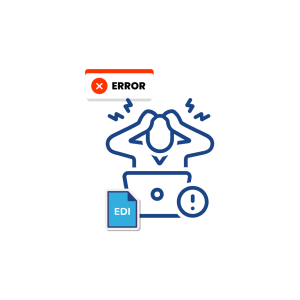Introduction
Electronic Data Interchange (EDI) plays a significant role in medical billing and healthcare administration. EDI is a standardized method of exchanging electronic information between different healthcare entities, such as healthcare providers, insurance companies, and government agencies. In the context of medical billing, EDI is used to streamline the process of submitting claims, receiving payments, and exchanging other healthcare-related information.
Key Takeaways
What is EDI in Medical Billing?
EDI automates the exchange of billing information between healthcare providers and payers, streamlining claims, payments, and patient data.
Benefits of EDI:
- Accuracy: Reduces errors by automating data entry.
- Speed: Accelerates claim processing and payments.
- Cost Savings: Cuts down administrative costs.
- Security: Ensures HIPAA-compliant, secure data exchanges.
Common EDI Transactions:
- EDI 837: Claims submission.
- EDI 835: Payment and remittance advice.
- EDI 270/271: Eligibility inquiries.
- EDI 276/277: Claim status updates.
- EDI 278: Authorizations and referrals.
8 Ways EDI is Used in the Medical Billing
1. Claim Submission
Healthcare providers, such as hospitals, clinics, and individual practitioners, use EDI to submit insurance claims electronically to payers (insurance companies). This process accelerates claim submission and reduces the chances of errors, leading to faster reimbursement.
2. Eligibility Verification
Providers can use EDI to check a patient’s insurance eligibility and benefits information in real-time, ensuring that the patient’s coverage is valid before providing services.
3. Pre-Authorization Requests
Some medical procedures or services require pre-authorization from the insurance company. EDI enables providers to submit pre-authorization requests electronically and receive timely responses.
4. Remittance Advice
After a claim is processed, insurance companies send electronic remittance advice to the healthcare provider. It provides details about the payment, including how much was paid, how much was denied, and the reason for any denials.
5. Electronic Funds Transfer (EFT)
EDI can be used to receive payments electronically, allowing healthcare providers to receive insurance payments directly into their bank accounts, which is faster and more efficient than paper checks.
6. Claim Status Inquiry
Healthcare providers can use EDI to inquire about the status of a claim, helping them track the progress of their reimbursement.
7. Coordination of Benefits
In cases where a patient has multiple insurance policies, EDI can assist in coordinating benefits to determine the order in which each insurance company is responsible for paying claims.
8. Reducing Errors
Electronic claims submission reduces the risk of errors due to illegible handwriting or manual data entry, resulting in fewer claim denials and faster payment processing.
5 Benefits of EDI in Medical Billing
1. Speed and Efficiency
EDI accelerates the claim submission and payment process, reducing the time it takes to receive reimbursements.
2. Reduced Errors
Electronic submission eliminates common errors in paper-based claims, such as illegible handwriting or incorrect data entry.
3. Cost Savings
The reduced need for paper, postage, and manual data entry can lead to cost savings for healthcare organizations.
4. Improved Cash Flow
Faster processing of claims and payments enhances the financial health of healthcare providers
5. Real-Time Information
EDI allows for real-time eligibility verification and claim status inquiries, enabling better decision-making and patient care.
Complete Guide to EDI
This is the most up-to-date guide on EDI and covers topics like the history of EDI, EDI stats and market growth, benefits of EDI, EDI transaction types, EDI standards, and more.
Here is the list of EDI Transaction Document Codes used by the Healthcare and Insurance Industry
EDI X12 Transaction Number | EDI Transaction Name / Document Type |
EDI 100 | Insurance Plan Description |
EDI 112 | Property Damage Report |
EDI 148 | Report of Injury, Illness or Incident |
EDI 186 | Insurance Underwriting Requirements Reporting |
EDI 252 | Insurance Producer Administration |
EDI 255 | Underwriting Information Services |
EDI 267 | Individual Life, Annuity and Disability Application |
EDI 268 | Annuity Activity |
EDI 270 | Eligibility, Coverage or Benefit Inquiry |
EDI 271 | Eligibility, Coverage or Benefit Information |
EDI 272 | Property and Casualty Loss Notification |
EDI 273 | Insurance/Annuity Application Status |
EDI 274 | Health Care Provider Information |
EDI 275 | Patient Information |
EDI 276 | Health Care Claim Status Request |
EDI 277 | Health Care Claim Status Notification |
EDI 278 | Health Care Services Insurance/Benefit Review Information |
EDI 288 | Health Care Services Insurance/Benefit Review Information |
EDI 362 | Cargo Insurance Advice of Shipment |
EDI 500 | Medical Event Reporting |
EDI 820 | Premium Payments |
EDI 834 | Benefit Enrollment and Maintenance |
EDI 835 | Health Care Claim Payment/Advice |
EDI 837 | Health Care Claim |
EDI 924 | Loss or Damage Claim – Motor Vehicle |
EDI 925 | Claim Tracer |
EDI 926 | Claim Status Report and Tracer Reply |
EDI 928 | Automotive Inspection Detail |
Ultimate Guide To
Healthcare EDI
In this comprehensive guide to healthcare EDI, we will explore the importance of EDI in the healthcare industry, its benefits, and how it can optimize healthcare operations and improve care
Conclusion
EDI in medical billing is a critical tool for streamlining the exchange of information between healthcare providers and payers. It helps reduce administrative burdens, errors, and costs, ultimately improving the efficiency and accuracy of the medical billing process. Complying with relevant standards, investing in the right EDI solution provider and infrastructure, and staying up-to-date with regulatory changes are essential for successful EDI implementation in the healthcare industry.
Ready to find out more about Commport EDI Solutions?
Need Help? Download: EDI Buyers Guide
Unlock the full potential of your supply chain with our comprehensive EDI Buyer's Guide — your first step towards seamless, efficient, and error-free transactions
Frequently Asked Questions
EDI in medical billing facilitates the electronic exchange of billing information between healthcare providers and payers, streamlining processes such as claims submission, eligibility verification, and payment processing.
EDI improves accuracy by automating data entry and reducing manual errors associated with paper-based billing. It ensures that billing information is standardized and consistent, minimizing discrepancies and improving claim accuracy.
Yes, EDI can be integrated seamlessly with existing medical billing software. It is designed to interface with various healthcare information systems, allowing for efficient data exchange and workflow integration.
Yes, EDI plays a crucial role in expediting reimbursement processes in healthcare. By automating the submission and processing of claims, EDI reduces the time it takes for healthcare providers to receive payments from insurance companies.
EDI benefits patients by contributing to a more transparent and efficient billing process. It helps ensure accurate claims, reduces billing errors, and allows for quicker processing, leading to more timely and accurate financial interactions between healthcare providers and patients.





